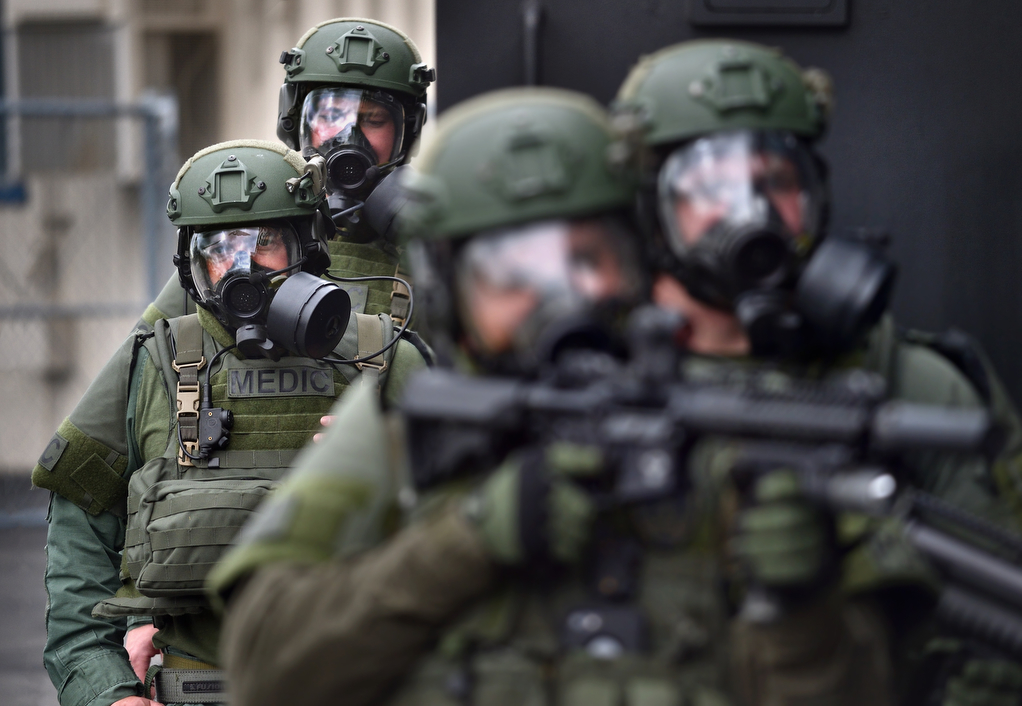
Stay Prepared, Stay Response Ready with Response Ready Medical®
Table of Contents
Introduction
Active shooter situations can unfold in schools, workplaces, malls, churches, or public events—anywhere, at any time. According to FBI statistics, over 200 active shooter incidents occurred in the U.S. from 2000 to 2017. Understanding how to respond with confidence can dramatically improve your chances of survival.
This post outlines the Run, Hide, Fight strategy, recommended by the U.S. Department of Homeland Security, and shares real-life insights to help you stay safe.
Run: Escape If You Can
The first and best option is to run. If there's a safe escape route available, use it immediately.
-
Leave belongings behind
-
Help others escape, if possible
-
Prevent others from entering the danger zone
-
Keep your hands visible to law enforcement
-
Call 911 when you’re safe
🛈 Case Study: During the 2017 Las Vegas shooting, many lives were saved because people were able to flee quickly and efficiently.
Hide: Shelter in Place
If you can't escape, the next best option is to hide.
-
Find a location out of the shooter’s view
-
Lock and barricade doors with heavy furniture
-
Silence phones and remain as quiet as possible
-
Turn off lights and stay out of sight
🛈 Survival Insight: Studies show that those who found secure hiding places during incidents had higher survival rates.
Fight: Last Resort Self-Defense
When escape and hiding are no longer options, you may need to fight.
-
Commit to your actions
-
Use improvised weapons (fire extinguishers, chairs, etc.)
-
Yell, throw objects, and work with others
-
Aim to incapacitate the shooter

Conclusion
The Run, Hide, Fight strategy provides a simple yet effective framework for surviving active shooter incidents. Preparation and situational awareness are key. Regular first aid training, such as our Active Bystander & Trauma Response courses, can also help you save lives once the immediate threat has passed.
Are you prepared to make a difference in a life-or-death scenario?
Explore more life-saving preparedness topics on our blog.
Stay Response Ready.
Click the link below for more:
https://responsereadymedical.com/blog/
Basic items include a flashlight, first aid kit, whistle, water, non-perishable snacks, and a phone charger. For advanced kits, check out our First Aid Kits in Spokane guide.
Absolutely. Our First Aid Training Spokane programs prepare you to treat injuries before EMS arrives. We offer specialized training for civilians, businesses, and organizations.
Yes. Many workplaces, schools, and community groups offer simulation drills. We can help your organization set one up.
Apply first aid, stop bleeding with a tourniquet if necessary, and wait for EMTs. Our Stop the Bleed and Wilderness Trauma Courses cover these life-saving techniques.
Yes, age-appropriate training helps children remain calm and follow directions during emergencies.
